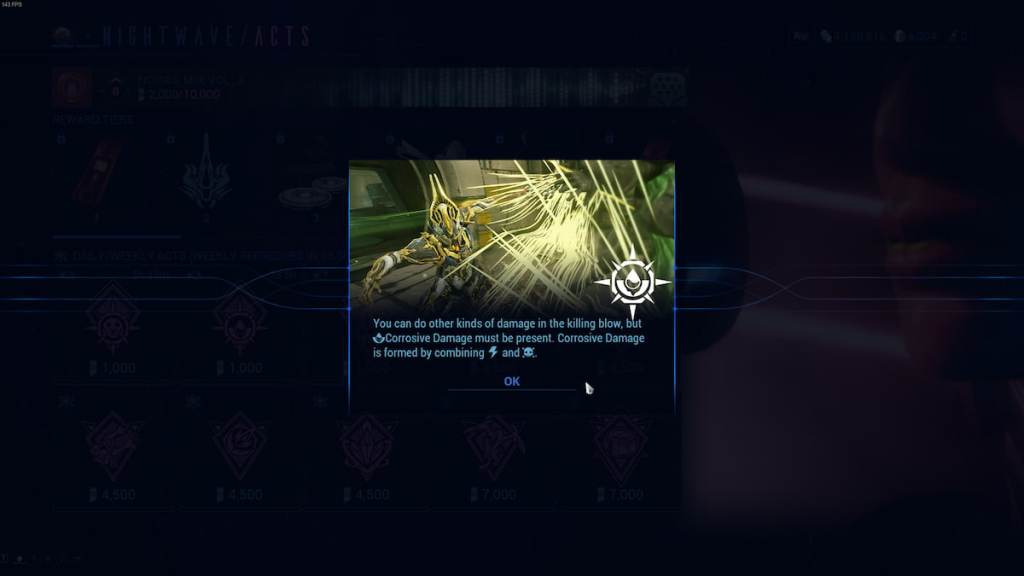Corrosive damage is one of the six secondary elemental damage types players can use in Warframe. Each weapon in Warframe can be equipped with various elemental mods, each with its own unique effects, strengths, and weaknesses. Knowing how each damage type works is critical to performing daily challenges or complex content. Corrosive is one of the best damage types Warframe has to offer. This guide will explain how Corrosive damage works and how to use it in Warframe.
Related: Warframe — How to farm Plastids (2023)
How to use Corrosive damage in Warframe
Corrosive damage is a strong element capable of quickly destroying heavily armored enemies such as Grineer. Unlike the four basic elements, Corrosive doesn’t exist as its own Mod to equip. To change a weapon’s damage type into Corrosive, you must equip a Toxic and Electric Mod on the same weapon to transform their damage type to Corrosive.

How to create Corrosive element in Warframe
The Corrosive element is created when any Toxic and Electric Mod are combined, and it gains a few new effects to make up for the loss of Toxic and Electric damage. Corrosive damage applies a stack of Corrosion. Each stack of Corrusion degrades enemy armor by 26% for eight seconds. This can stack up until an enemy’s armor is reduced by 80%. This damage type is very effective at Grineer and Infested heavy armor but doesn’t work well against Corpus and their shields.
How to complete the Meltdown challenge in Warframe
The Meltdown challenge is one of several Daily Nightwave rotating challenges players can pursue when playing Warframe. This challenge requires you to kill 150 enemies with Corrosive damage.

You can complete this mission anywhere, but we recommend running a Survival mission on Earth. Corrosive is highly effective against Grineer enemies, and as this is a low-level planet, getting 150 Corrosive kills should only take one or two runs to complete.
Take advantage of this powerful element to make short work of Grineer and Infested forces across all of Warframes missions and locations across the Sol system.







Published: Mar 2, 2023 01:11 pm